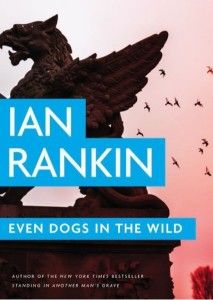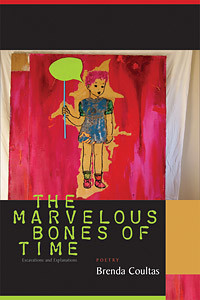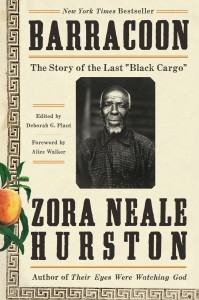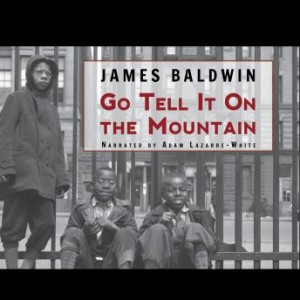
In this twentieth book in the Rebus series, the detective himself has retired from the force. A team from Glasgow has come to Edinburgh out of concern that the crime family they have been building a case against is looking to move into the vacuum left by Edinburgh crime boss “Big Ger” Cafferty’s imprisonment. Now released, supposedly due to ill health, Rebus’s long-time nemesis is watching the jockeying of those trying to take his place.
Meanwhile, Rebus’s protégé Siobhan Clarke is investigating the murder of an important former prosecutor that looks like a burglary though nothing has been taken. Clarke discovers that the victim received a threatening note just before the murder. When a shot is fired at Cafferty while he’s at home, and a similar note is put through the door, the only person Cafferty wants investigating the threat is Rebus.
My introduction to the Rebus novels came in the early 1990s when I found Knots and Crosses in a Toronto bookstore. Rankin’s books were not yet available in the U.S. and online bookstores were not yet a thing. I’ve followed the series ever since, often rereading earlier books, enjoying the complexity and ever-deepening characterisation.
Writing any series, much less a long-running one like this, must be enormously hard. Of course, you have a steady group of characters and a setting. But you can’t let either get stale.
Then there are technical issues. Not only do you have to keep track of what has already happened in previous books, but you must find a way to make each book new. Plus there’s the challenge of providing enough information in each book so a new reader isn’t lost while not so much that a dedicated reader gets bored.
Rankin excels on all counts. It helped having John Rebus be a policeman, so there would be new cases to solve for each book. However, Rankin made the choice to have Rebus age in real time, so eventually the detective hit mandatory retirement age. The author’s solution has been to bring forward Clarke while having her still consult with Rebus on cases. And of course the ex-cop can’t resist tinkering.
Rankin also introduced another character who works in the Complaints division, the equivalent of Internal Affairs, even having him investigate Rebus. Now assigned to assist the Glasgow team, Malcolm Fox brings his attention to detail to the team while struggling to gain the trust of the other detectives who consider anyone who has ever worked in Complaints a traitor.
By the time of this book, Fox, Clarke and Rebus have forged an informal alliance despite their very different ethical codes. Rebus came of age in a time of much looser policing which puts him at odds sometimes with Clarke and even more so with Fox.
My enjoyment of the series has been enhanced by a visit to Edinburgh itself. The city seemed familiar after being there so often in my imagination. I enjoyed tracking down places from the stories and even went in search of the tiny dolls from an earlier book. Rankin has said that he started the series as a way to get to know Edinburgh; through it he has succeeded in introducing others to the city as well.
What I like best about this particular book is the way Rebus’s relationship with Cafferty is developed. Because Cafferty is targeted as well, Rebus must consider him a victim. Plus both of them are older and have been more or less forcibly retired, so they have more in common that just their history with each other. The nuances of the relationship shift throughout the story, adding shades to what we know of both characters from previous novels.
As always in Rankin’s books, even rereading one, I found myself wondering how in the world he would bring all the different strands to a conclusion, yet trusting that he would. If you like mysteries, if you want a challenging puzzle and complex characters, delve into Rankin’s Rebus series.
Have you read any of the Rebus books? Do you have a favorite?



